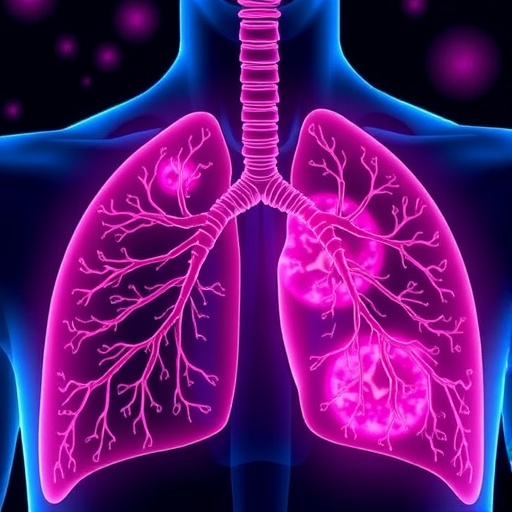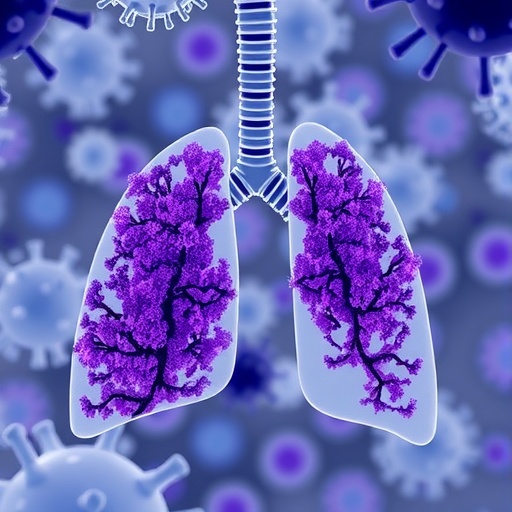Largest study to-date compares thresholds for blood transfusions in premature babies

Credit: George Mason University
Very low birthweight infants are at a high risk for anemia and often need blood transfusions to survive. Some doctors use a higher level and some use a lower level of red blood cells to order a transfusion. A National Institutes of Health-funded study suggests that providing a higher threshold of red cells within clinically accepted limits (i.e., using a higher level of red blood cells when ordering a transfusion) offers no advantage in survival or reduction in neurological impairment over a lower threshold.
This large, multi-center randomized clinical trial was conducted by Dr. Haresh Kirpalani of the University of Pennsylvania, Dr. Edward Bell of the University of Iowa, and colleagues of the Neonatal Research Network including Dr. Rosemary Higgins of George Mason University’s College of Health and Human Services, formerly the Project Scientist of the Neonatal Research Network. The study appears in The New England Journal of Medicine and is the largest study to-date to compare thresholds for blood transfusions in premature babies. View a brief video of the findings here.
Very preterm infants (born before 29 weeks of pregnancy) and those weighing less than 1,000 grams (slightly more than 2 pounds) are at high risk for anemia because of their early stage of development, reduced ability to produce red blood cells, and need for blood sampling as part of their intensive medical care. Previous studies suggest that anemic infants who received transfusions at a higher hemoglobin threshold within the currently accepted range would have a lower risk of death or developmental problems. Measuring hemoglobin, a protein produced in red blood cells, indicates the proportion of red blood cells. Hemoglobin transfusion thresholds for preterm infants vary according to weight, stage of maturity and other factors.
Of 845 infants assigned to a higher hemoglobin threshold, 50.1% died or survived with a neurodevelopmental impairment, compared to 49.8% of 847 infants assigned to a lower threshold. When the two component outcomes were evaluated separately, the two groups also had similar rates of death (16.2% vs. 15%) and of neurodevelopmental impairment (39.6% vs 40.3%). The authors evaluated the babies at two years of age and conclude that a higher hemoglobin threshold increased the number of transfusions, but did not improve the chance of survival without neurodevelopmental impairment.
“The findings are likely to be used to guide transfusion practice in the future for these infants; studies in premature infants are needed to guide care for these small and vulnerable infants; studies funded by NIH in multi-site networks are vitally important to the health of these fragile babies,” explains Higgins.
###
The babies in this study are currently being seen at five years of age for continued assessment to check for long-term differences in the higher and lower threshold groups.
This study was supported by grants from the National Heart, Lung, and Blood Institute to Drs. Kirpalani, Bell and Das; and by the NICHD to the Neonatal Research Network site investigators. The National Institutes of Health (NIH), the Eunice Kennedy Shriver National Institute of Child Health and Human Development (NICHD), the National Heart, Lung, and Blood Institute (NHLBI), the National Center for Research Resources (NCRR), and the National Center for Advancing Translational Sciences (NCATS) provided grant support for the Neonatal Research Network’s Transfusion of Preemies (TOP) trial through cooperative agreements.
About George Mason University
George Mason University is Virginia’s largest and most diverse public research university. Located near Washington, D.C., Mason enrolls 39,000 students from 130 countries and all 50 states. Mason has grown rapidly over the past half-century and is recognized for its innovation and entrepreneurship, remarkable diversity and commitment to accessibility. For more information, visit https:/
About the College of Health and Human Services
George Mason University’s College of Health and Human Services prepares students to become leaders and shape the public’s health through academic excellence, research of consequence, community outreach, and interprofessional clinical practice. George Mason is the fastest-growing Research I institution in the country. The College enrolls more than 1,900 undergraduate and 1,370 graduate students in its nationally-recognized offerings, including: 5 undergraduate degrees, 13 graduate degrees, and 7 certificate programs. The college is transitioning to a college public health in the near future. For more information, visit https:/
Media Contact
Danielle Hawkins
[email protected]
Original Source
https:/
Related Journal Article
http://dx.




